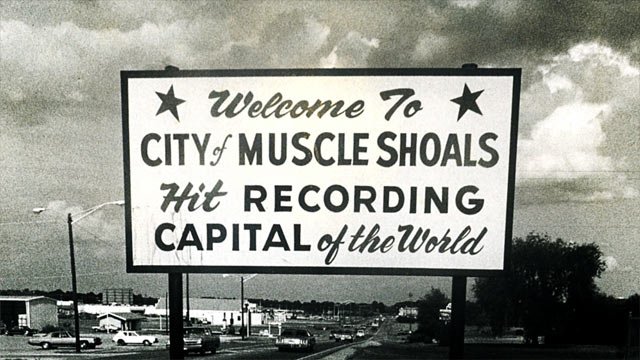LG and Customer Satisfaction.
I was reading an LG ad this morning, the headline for which was the “Customer Satisfaction: The Only Thing That Matters.” It struck me as a typical marketing pander. LG is a South Korean electronics company aggressively pushing into the U.S. market. My gut tells says the products are competitively priced, elegantly designed, but of just average quality. Again, my brand gut talking. Not too much different from the position Samsung was in 20 years ago, before Peter Arnell did his brand refresh magic.
Customer satisfaction is never the only thing that matters in manufacturing today. Price matters. Quality matters. (One could rightly argue quality is directly tied to satisfaction.) But materials and planet matter too. Materials that are hard to recycle or that dissipate into the atmosphere as carbons, matter. Even if they make consumers “satisfied.”
So the good people at LG are right to care about customer sat. but they should pay heed to the very American care-abouts that the planet is warming, the climate is growing more squirrely, and electronics manufacturers need to do better. That is something that will make us all satisfied.
Peace.

